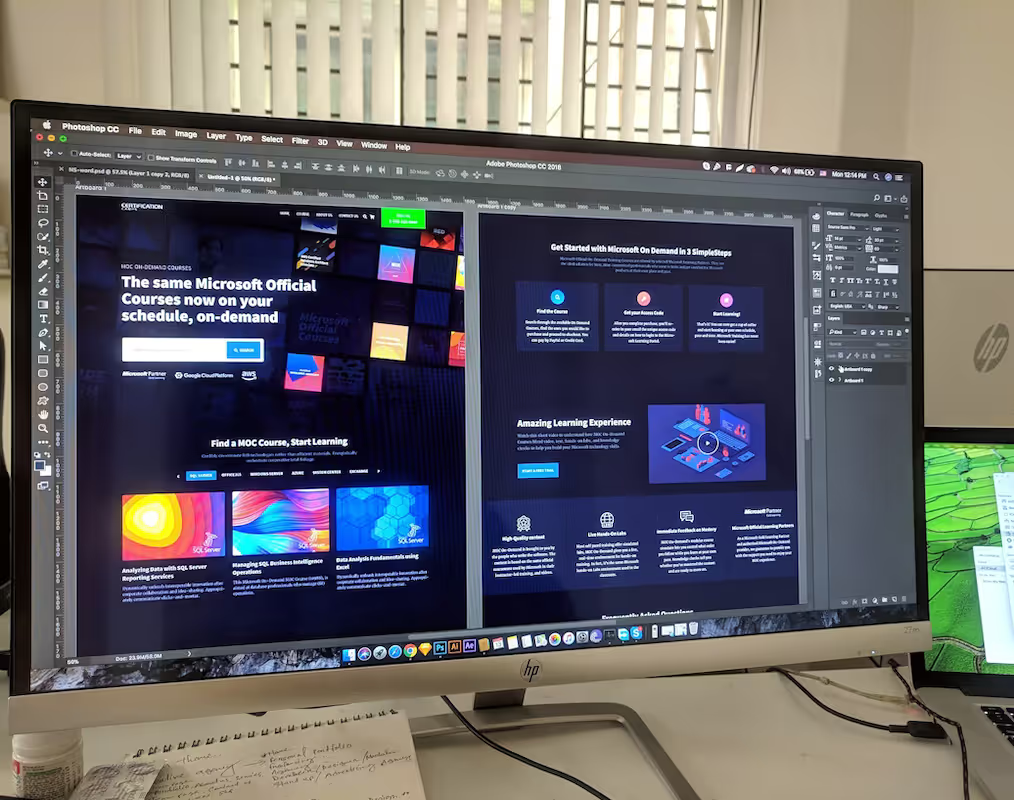Key Takeaways
- Visual Interface: A GUI provides icons and menus for intuitive interaction with complex Bitcoin software.
- User Accessibility: It simplifies Bitcoin for everyone, not just developers, making crypto adoption easier.
- Beyond Code: GUIs are the user-friendly alternative to text-based command-line interfaces (CLIs).
What is a GUI?
A Graphical User Interface, or GUI, is the visual front door to complex software. Think of it as the difference between talking to your computer in plain English versus writing code. Instead of typing commands, you interact with intuitive visual elements like icons, buttons, and windows. This approach makes technology accessible to billions of people, not just a handful of programmers.
In the Bitcoin world, a GUI is what separates a user-friendly wallet from a developer's tool. It allows you to send 100,000 sats (0.001 BTC) with a simple click, rather than executing a multi-line command. This visual layer is critical for mass adoption, as it presents the powerful mechanics of the Bitcoin network through a familiar and manageable point-and-click environment.
How GUIs Enhance User Experience in Bitcoin Applications
A GUI transforms the often-intimidating world of Bitcoin into something approachable and manageable. It acts as a bridge, translating complex technical operations into simple, visual actions. This makes interacting with the Bitcoin network not only possible but also pleasant for a wider audience.
- Clarity: Presents complex data like transaction histories and balances in an understandable way.
- Simplicity: Reduces sending and receiving Bitcoin to a straightforward process of clicks and confirmations.
- Safety: Includes built-in warnings and safeguards to help prevent costly user errors.
- Efficiency: Consolidates multi-step command-line tasks into single-button actions.
- Discovery: Makes advanced features more accessible through intuitive menus and settings panels.
Common Features of Banking GUIs
Banking GUIs are built for clarity and security, offering a standard interface for managing personal finances. They translate complex banking operations into a simple, visual system that most people can operate with minimal instruction. This focus on a straightforward user experience is central to their design.
- Dashboard: A central hub displaying account balances and recent activity at a glance.
- Transfers: Simple forms for moving funds between accounts or paying bills.
- History: A detailed and searchable log of all past transactions and statements.
- Security: Options for setting up alerts, managing passwords, and enabling two-factor authentication.
GUI Security Considerations in Financial Software
In financial software, a GUI must balance accessibility with robust security. While it simplifies operations, it also creates a visible attack surface that must be protected against threats. The design must guide users toward safe practices without creating friction.
- Guidance: A clear interface can steer users away from costly errors and present obvious warnings before critical actions.
- Vulnerability: The visual nature of a GUI can be exploited by phishing attacks that mimic legitimate screens to steal credentials.
- Protection: Security features like two-factor authentication are often integrated directly into the GUI, making them easier for people to adopt.
Integrating GUIs with Blockchain Technology
This is how you connect a graphical interface to the complex machinery of a blockchain.
- Identify the essential blockchain interactions the application will offer.
- Construct a clear visual layout that maps user actions to those core functions.
- Link the interface components to the blockchain network through APIs, making the visual controls functional.
- Rigorously test the entire system for security flaws and operational integrity before release.
Future Trends in GUI Design for Banking and Bitcoin
Future interfaces for banking and Bitcoin will likely become more predictive and personalized. They will anticipate user needs, offering contextual actions and insights based on spending habits and market activity. This will move GUIs from being reactive tools to proactive financial assistants.
For Bitcoin, the focus will be on abstracting away technical complexity. Interfaces will present sophisticated operations like managing Lightning channels or interacting with smart contracts through simple, intuitive visuals. The goal is to make the full power of the protocol accessible without a steep learning curve.
GUIs: The Visual Layer of the Lightning Network
A GUI for the Lightning Network abstracts away the complexities of channel management and payment routing. Instead of command-line inputs to open, close, or rebalance channels, users interact with visual sliders and status indicators. This interface translates sophisticated state management and liquidity operations into simple, graphical actions. It is the control panel that makes instant, low-cost Bitcoin transactions a practical reality for millions, presenting the network’s power through an accessible visual medium.
Join The Money Grid
You can join this new financial layer by connecting to the "Money Grid," a global payments network built on Bitcoin’s open foundation. Through the GUIs of platforms like Lightspark, you operate the Bitcoin-native infrastructure for instant transfers and stablecoin issuance. This is your access point to the full potential of digital money, where a visual interface puts the machinery for instant, worldwide value movement directly into your hands.


